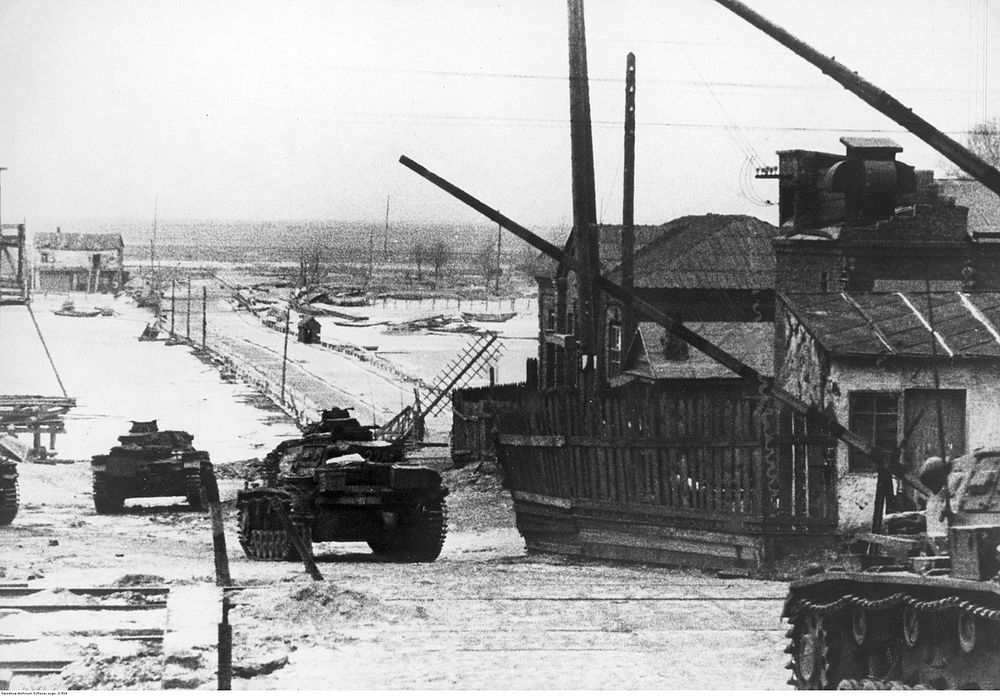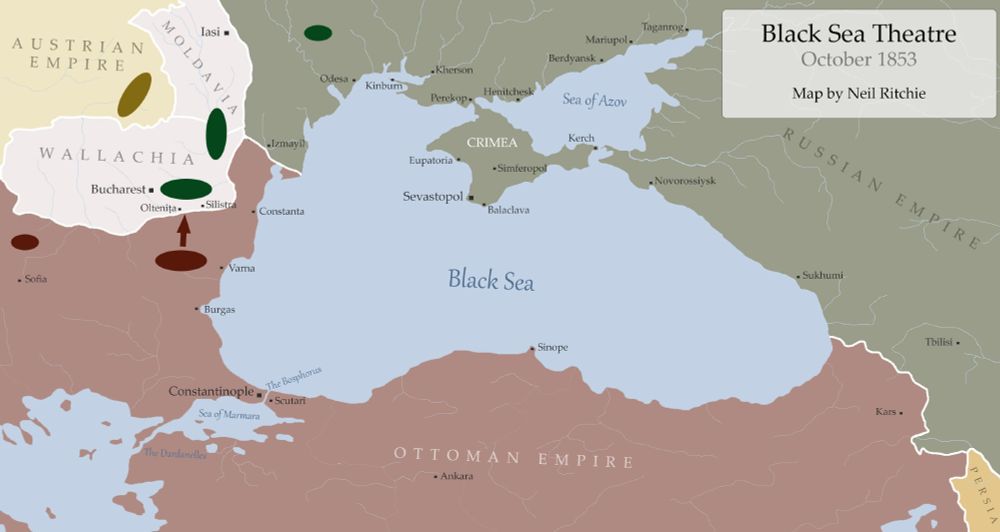

📸 IWM (Q 3176)

📸 IWM (Q 3176)
📸 IWM Q 19293

📸 IWM Q 19293

📸 IWM (Q 46941)

📸 IWM (Q 46941)
📸 IWM (H 34542)

📸 IWM (H 34542)
📸 IWM (B 11963)

📸 IWM (B 11963)

📸 Isaak Major / Royal Collection Trust

📸 Isaak Major / Royal Collection Trust
📸 IWM (A 6405)

📸 IWM (A 6405)


📸 IWM (Q 9668)

📸 IWM (Q 9668)


📸 IWM (Q 9668)

📸 IWM (Q 9668)


📸 Harold Robson / IWM (Q 50706)

📸 Harold Robson / IWM (Q 50706)
📸 Lt S J Beadell / IWM (A 19691)

📸 Lt S J Beadell / IWM (A 19691)
📸 IWM (O 117)

📸 IWM (O 117)


📸 Lt S J Beadell / IWM (A 19691)

📸 Lt S J Beadell / IWM (A 19691)
📸 IWM (O 117)

📸 IWM (O 117)

